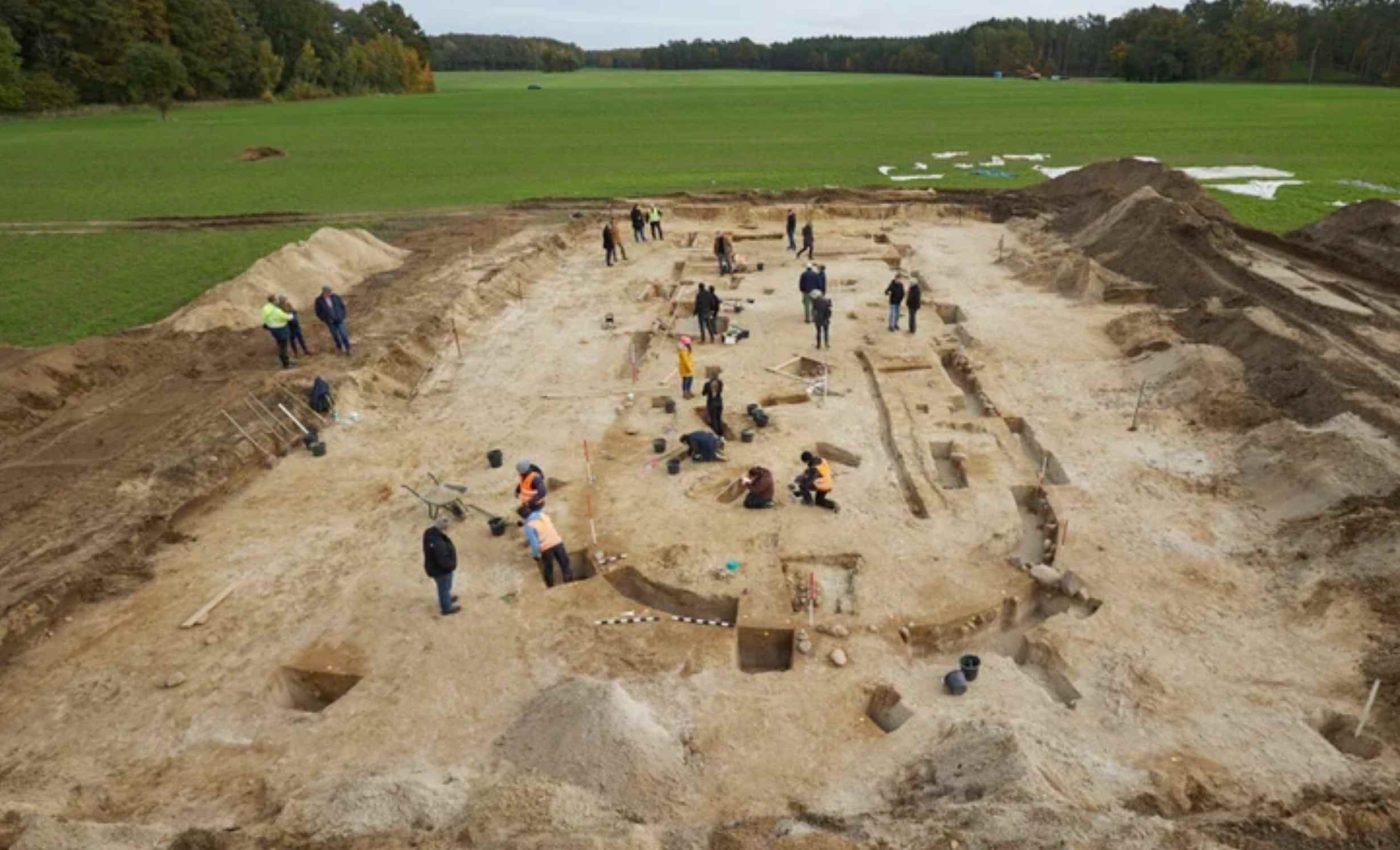
Burial mounds of Seddin were home to an international elite 3,000 years ago
Seddin’s towering burial mounds have long looked important, but looks alone cannot tell you who is lying inside. New evidence says many of the people interred there grew up far from northern Germany during the Late Bronze Age.
A new study examined cremated remains from five burial sites around Seddin and compared their chemistry with the local environment.
The results point to extensive travel and high mobility among the community’s top tier between about 900 and 700 BCE.
Analyzing Seddin burials
The project was led by Dr. Anja Frank at the University of Gothenburg. Her team analyzed 29 inner ear bones from Seddin cremation burials and built a local environmental baseline to test who counted as local versus non local.
“The comparison of the petrous bone 87Sr/86Sr signatures to the proposed water Sr isotope baseline reveals an overwhelming presence of non-locals in the investigated grave sites, with only two of 22 individuals falling within the local baseline,” Dr. Frank explained.
“This study suggests complex mobility patterns of the elite community around Seddin during the Late Bronze Age.”
Archaeologists use strontium isotopes to trace where people lived as children. Strontium in soils and rocks enters food and water, then becomes part of our bones.
The inner ear’s petrous portion forms early in life and resists change, even after cremation. That makes it a reliable tissue for checking childhood origin when teeth are missing or too damaged to sample.
Building a baseline
Chemical tests only work if you know the local signal. The team mapped a bioavailable baseline by sampling modern surface waters, nearby soils, plants, and archaeological soils from the famous Königsgrab mound.
In this case, surface water chemistry provided the tightest and most stable local guide.
Building such an isoscape is now standard practice for mobility studies, since water integrates signals across the watershed and smooths small scale noise in soils and plants.
The team screened 29 petrous portions and, using chemistry plus osteology, determined they had 22 people. Most carried strontium ratios that do not match the Seddin area, pointing to childhoods spent elsewhere.
The non local signatures cluster higher than the local range, which is consistent with places that sit on older or radiogenic rocks.
The paper discusses candidates to the south and southeast, and also to parts of southern Scandinavia that were trading with northern Germany at the time.
Seddin burials and Bronze Age power
Archaeologists already knew Seddin was plugged into wide networks. The grave goods include objects with styles tied to Scandinavia and the Alpine region, hints of far reaching exchange.
Now we see that people, not just objects, were on the move. Elite status at Seddin seems bound up with mobility, connections, and likely marriage or alliance across regions.
Strontium does not name towns. Different places can share similar values, so researchers compare chemistry with the archaeological record to narrow options.
Unburnt petrous bone also holds original strontium, as recent research showed in another context. That supports the general approach, even though Seddin’s remains were cremated.
Analyzing inner ear bones
Cremation often destroys collagen and can alter many tissues, which complicates dating and other tests. The otic capsule of the petrous portion is unusually dense and survives heat.
Its chemistry closely tracks tooth enamel formed in childhood. That correlation, demonstrated in cremated and uncremated individuals, underpins the Seddin team’s strategy.
The elevated ratios seen in most Seddin individuals are compatible with upland and mountainous terrains. River routes like the Elbe would have made movement between those zones and the North German Plain straightforward.
Material culture from the mounds points both north and south, echoing the chemistry. Taken together, the pattern fits a hub that sat on big exchange corridors.
Why baselines matter so much
Picking the wrong baseline can misclassify locals as migrants or the reverse. Surface waters at Seddin offered a tighter, less noisy local signal than modern soils or plants, which can be skewed by fertilizers or long term leaching.
Archaeological soils beneath the mound floor lined up with the water signal. That agreement gave the team extra confidence in their local range.
More questions about Seddin burials
Diet can nudge the numbers. Marine and freshwater foods have strontium signatures that can pull skeletal values toward aquatic sources, which can be mistaken for migration if diet is ignored, as a Finnish case study demonstrated.
The Seddin analysis focused on elites from large mounds, so it may not represent the broader population. Future work on smaller or less wealthy burials will test whether mobility was concentrated at the top.
More environmental sampling will refine regional maps and sharpen origin estimates. Adding carbon and nitrogen isotope data can help separate diet effects from movement.
As baselines expand across Central Europe, patterns of travel and alliance should become clearer. For Seddin, the picture already looks like a crossroads where power drew people from far away.
The study is published in PLOS ONE.
—–
Like what you read? Subscribe to our newsletter for engaging articles, exclusive content, and the latest updates.
Check us out on EarthSnap, a free app brought to you by Eric Ralls and Earth.com.
—–













